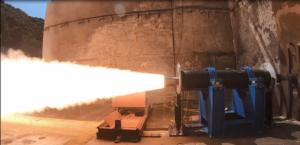
Northrop Grumman [NOC] said Wednesday it completed a successful static test of the rocket motor for the Army’s future Precision Strike Missile (PrSM). The static test was intended to validate the rocket motor design for production, as the Army aims to begin fielding the Lockheed Martin [LMT]-built PrSM missile in 2023. “With another successful rocket motor test complete, we are one step closer to providing the U.S. Army with a next-generation, long range fires capability,” Rebecca Torzone, Northrop Grumman’s vice…

 By
By 











